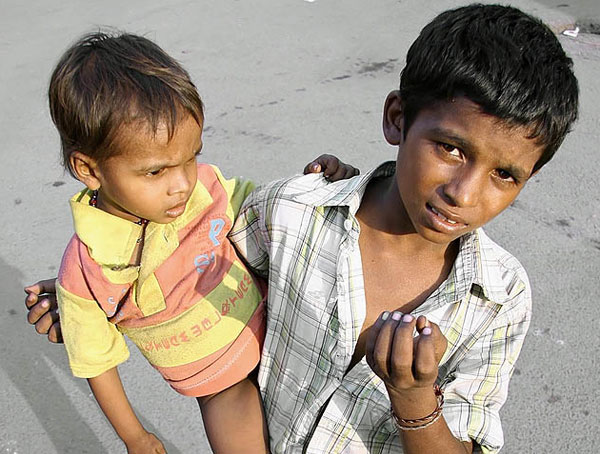The recent dustup over British foreign aid to India turned out to be a source of much hand wringing in Britain and proud catwalk strutting by India’s nouveau rich.
The British media have been in a tizzy over a statement by Indian Finance Minister Pranab Mukherjee in the Rajya Sabha last year in which he said: “We do not require the aid. It is a peanut in our total development spending.” A 2010 memo leaked to the British press quoted then Foreign Secretary Nirupama Rao recommending that India decline British aid, because of the “negative publicity of Indian poverty promoted by DFID (Department for International Development).”
According to the Daily Mail: “Sources in Delhi suggested British officials begged India to accept the aid. One commented: ‘They said British ministers had spent political capital justifying the aid to their electorate. They said it would be highly embarrassing if (India) pulled the plug.’”
India has long been the largest recipient of British foreign aid, receiving $600 million as recently as 2010. Aid to India was scaled back in 2011, but the country is slated to receive $1.6 billion over the next four years.
Conservative critics of foreign aid lost no time in pouncing, pointing out that in 2009 India moved from a low income to a middle income country under World Bank classification and that it has one of the fastest growing economies in the world. It even has its own foreign aid program and is establishing an aid agency (the Indian Agency for Partnership in Development) to funnel $11 billion in aid to poor Asian and African countries.
Tory MP Philip Davies called for an immediate halt to the Indian aid: “India spends tens of billions on defense and hundreds of millions a year on a space program — in those circumstances it would be unacceptable to give them aid even if they were begging us for it. Given that they don’t even want it, it would be even more extraordinary if it were to be allowed to continue.”
The extraordinary arrogance of Indian elites in dissing foreign aid for its poorest citizens and their chest thumping over India’s meteoric economic rise glosses over some glaringly painful realities. For all its much-vaunted economic success, India is home to a third of the world’s poorest residents. According to the government’s own data, 37 percent of Indians — 400 million people — live below the poverty line and nearly 42 percent of Indian children under the age of 5 are malnourished.
India may well have one of the world’s fastest growing economies and the fourth highest number of billionaires worldwide, but thanks to endemic apathy, inequality and corruption it is also among the most inhumane and impoverished places on earth. Indeed, more Indians live in abject poverty in India than in all of sub-Saharan Africa, the region most associated with malnourishment and starvation.
If these painful realities are lost on India’s nouveau rich, it is only because, as Daily Mail columnist Shikha Dalmia rued: “India’s ruling classes largely represent the aspirations of the country’s middle classes and nouveau riche. And they are so inured to the poverty around them that it is no longer even visible to them. Malnourished children with distended bellies begging at traffic lights might shock outsiders. But Indians, as V.S. Naipaul observed in An Area of Darkness, have a unique gift of not seeing the disagreeable right under their noses. Hence they can honestly believe that changing India’s image as a poverty-stricken country requires not actually alleviating poverty but expanding their chests in a collective show of pride and spurning aid. But what India won’t confront, it can’t cure.”
Sure hundreds of millions of Indians crawl into gutters to defecate and sometimes even to die. But Marie Antoinette Pranab Mukherjee would just point them to the cake.


You must be logged in to post a comment Login